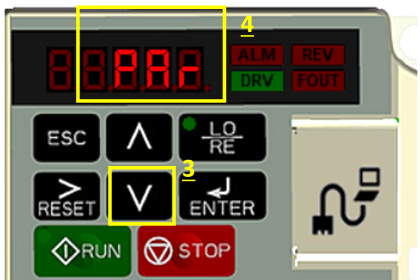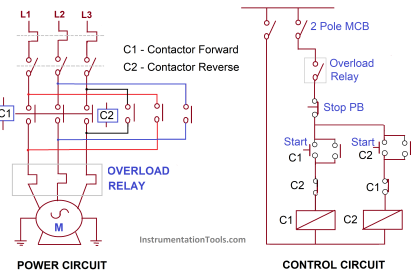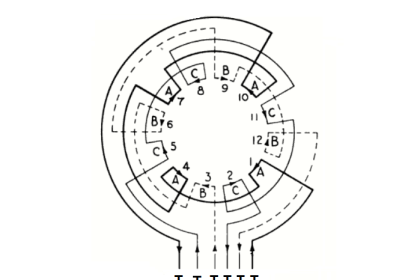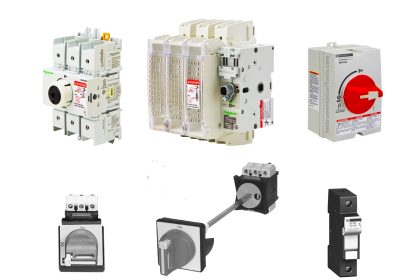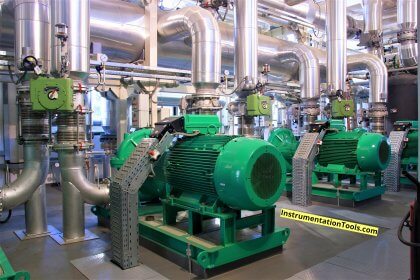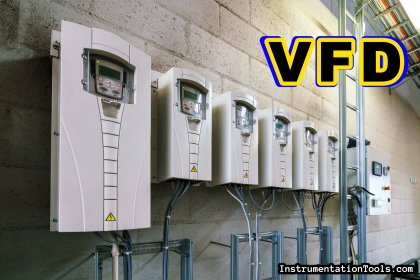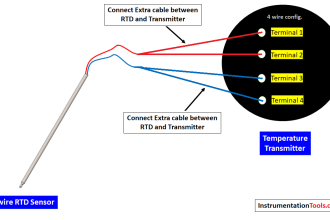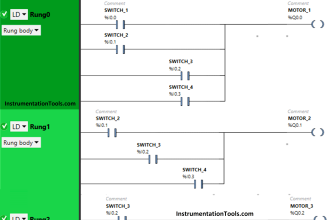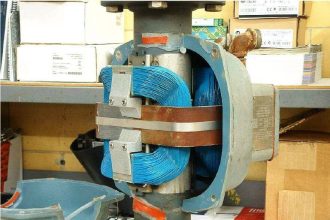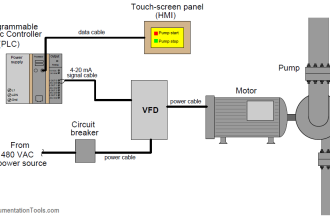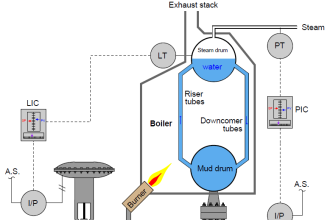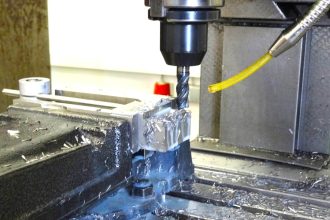In this post, we will learn the types and working principles of the earth leakage circuit breaker (ELCB).
ELCB stands for Earth Leakage Circuit Breaker. Its role is to detect earth leakage or insulation error on the load equipment and trip the current-carrying circuit.
This prevents electric shock and protects the nearby personnel and equipment from damage. It is a type of circuit breaker and is widely used for various domestic and industrial purposes.
Basically, ELCB is classified into two categories –
- Voltage type ELCB
- Current type ELCB
Voltage Earth Leakage Circuit Breaker (ELCB)
This is a relatively simple type of ELCB. As seen in the image, the circuit breaker is connected to the current circuit shown as a small box.
A relay is used in the circuit breaker (CB) circuit. One end of the supply of relay is connected to the metal body of the load where the current is to be passed.
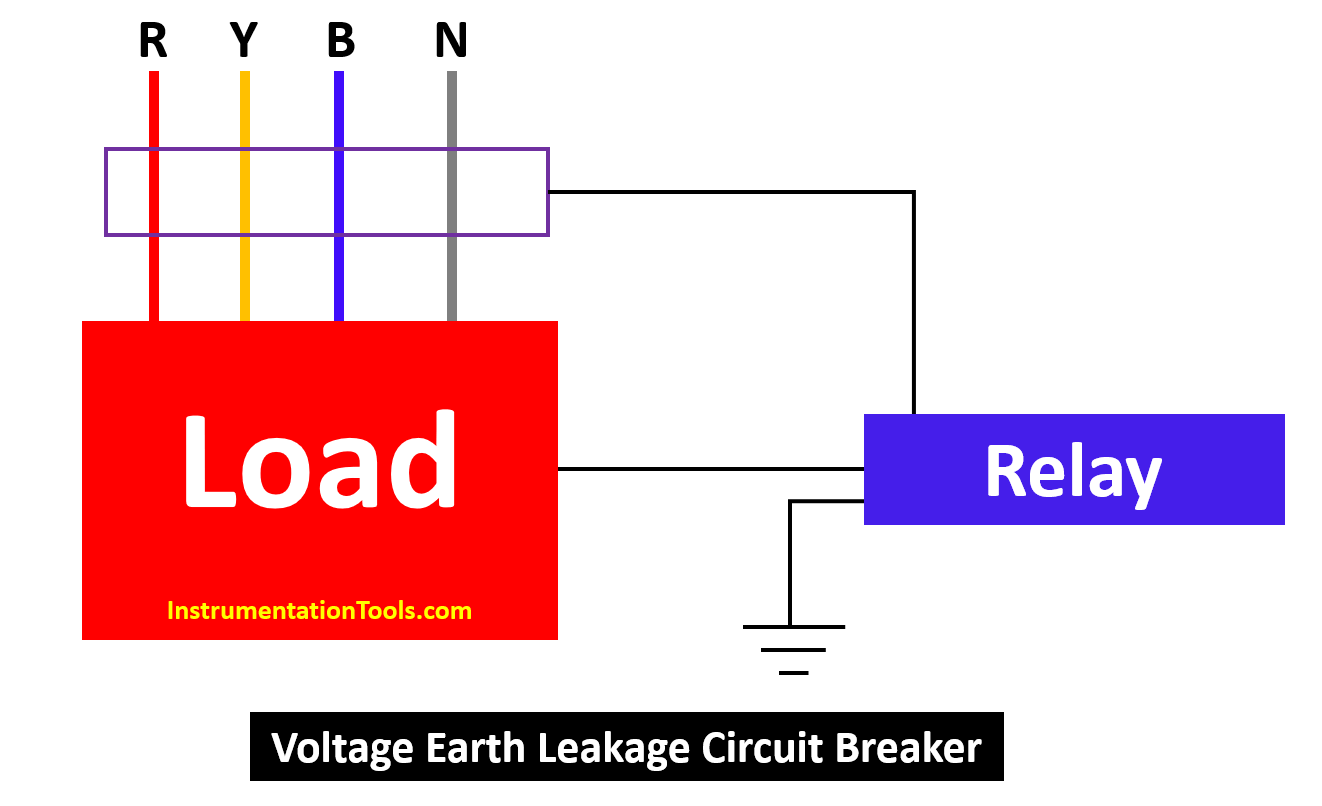
The other end of the supply of relay is connected to the earth point. The auxiliary contact of the relay is connected to the circuit of CB.
In normal conditions, without any earth leakage or insulation fault, the relay will not be energized as there will be no potential from the load side. If there is an earth short circuit or leakage, a small voltage will be induced in that potential side.
If this voltage is above a limit where the relay will be energized, the relay turns on. This will turn on the auxiliary contact and as it is connected as NC contact, it will cut off the current circuit of the CB and thus, prevent the equipment from damage or protect any human from shock if he touches the equipment by mistake.
Current Earth Leakage Circuit Breaker
This type is the more widely used one. It is also called RCCB (Residual Current Circuit Breaker).
As seen in the image, it is similar to the voltage one used above. The only difference is of the current transformer used in the circuit.
In the current path, two primary windings are wound on that as shown by a thin line (one on the phase and the other on the neutral).
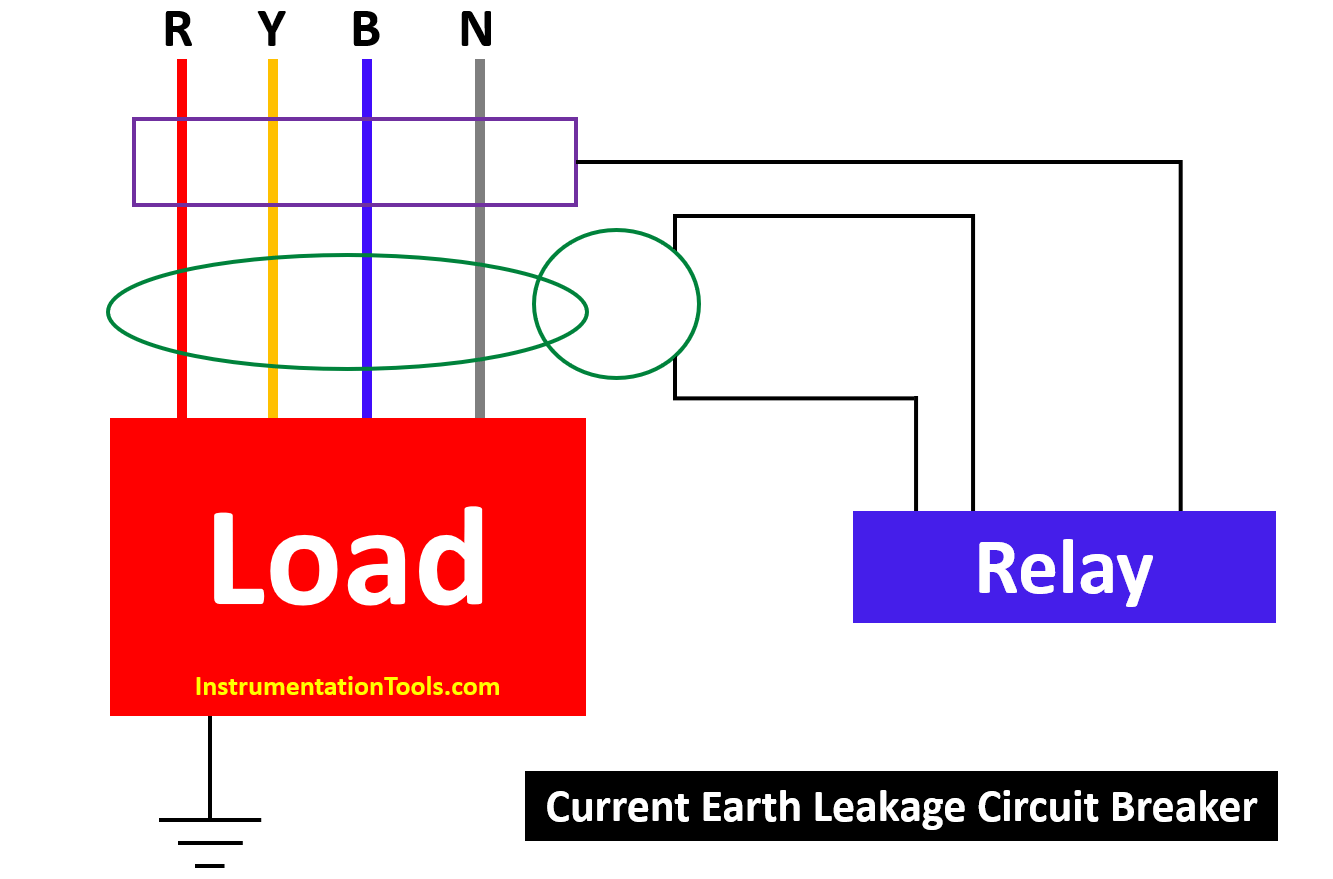
A secondary current transformer is wound on the primary windings; shown by the thick line. The transformer is connected to the relay potential for energizing it, and its auxiliary contact is connected to the CB circuit.
In normal conditions, if there is no earth leakage, the current flowing through both the phase and neutral lines will be the same. The resultant MMF produced will be zero (the difference between phase and neutral currents).
Now, suppose there is earth leakage. A small amount of leakage current will be added to the phase current. Due to this, a difference will be generated between both the currents and the resultant MMF produced will energize the relay.
This will cut off the circuit of CB and protect the equipment and personnel from damage.
In this type, there are two types of RCCB.
- Single phase RCCB and
- Three phase RCCB.
If you liked this article, then please subscribe to our YouTube Channel for Instrumentation, Electrical, PLC, and SCADA video tutorials.
You can also follow us on Facebook and Twitter to receive daily updates.
Read Next:
- Servo Motor Drives
- Electrical Wiring Diagram
- Overload Relay Principle
- Single Phase Preventer Relay
- Compare Static and Rotary UPS
